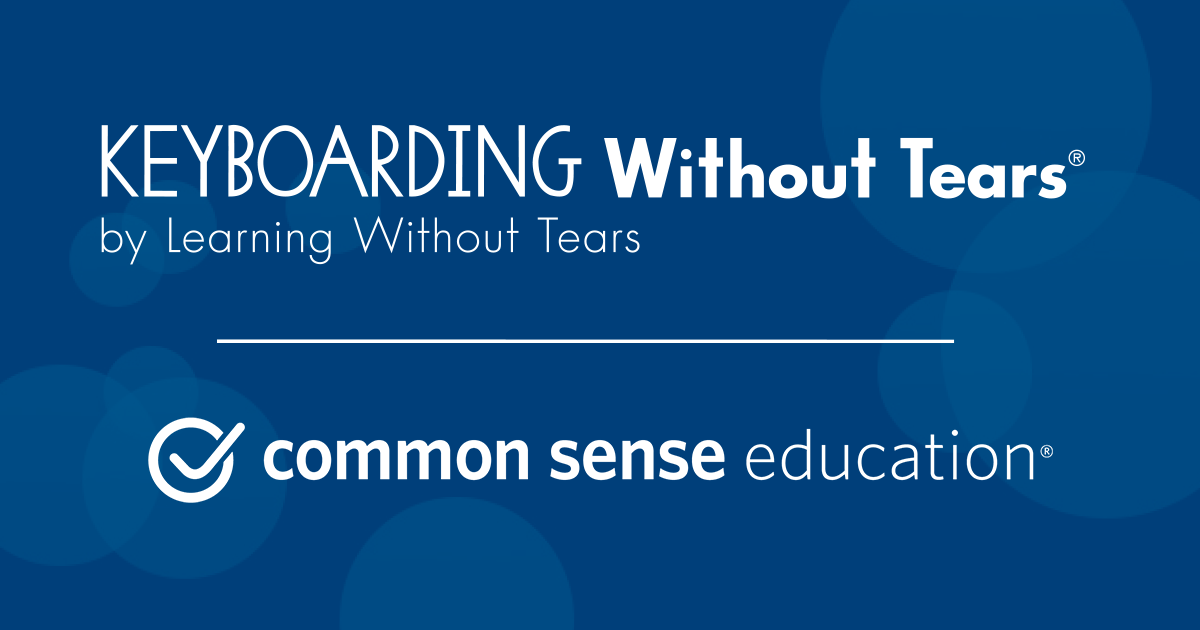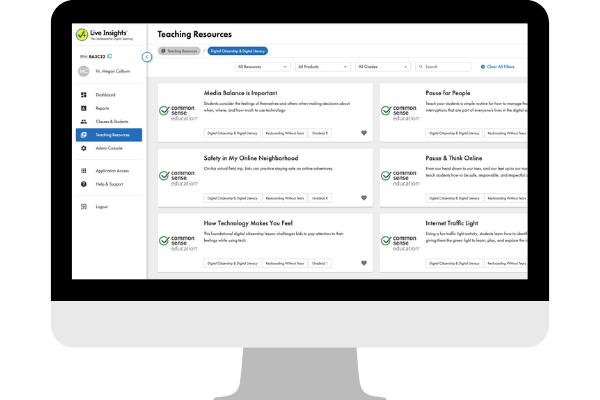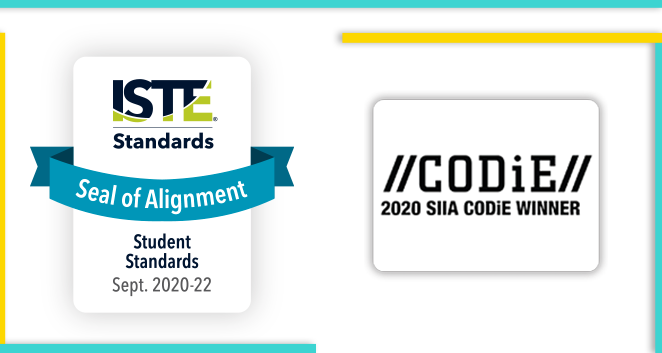Digital learning has never had a stronger place in education than it does today. Educators are relying on virtual instruction to teach their students during this uncertain time in education. While there are many advantages to digital learning including the health and physical safety of students, there are also some challenges, including the security and responsibility that comes with online learning.
While children might seem tech-savvy, many young children lack the knowledge base to understand the side of technology they cannot see. We must ask ourselves: are young students really prepared for digital learning?
Digital citizenship must enter the current educational environment to ensure students’ safety while engaging in online learning. There has never been a more important time to create responsible ownership of student’s technology prowess. Students must be prepared for technology demands both in the classroom and in life. Just like we teach young children how to interact in person (eye contact, manners, use clear voice), we must teach them how to interact with others through digital media. There is more to it than just typing on the keyboard!
The 9 Elements of Digital Citizenship
There are nine elements of digital citizenship we need to cover with our digital learners. They include:
- Digital Access is having full electronic participation in society including access to tools like the internet and computers.
- Digital Commerce includes electronic buying and selling of goods, as well as marketing digitally.
- Digital Communication is the electronic exchange of information and engaging a digital audience.
- Digital Literacy includes the process of teaching and learning about technology and the use of technology to find, create, and communicate information.
- Digital Etiquette teaches us the electronic standards of conduct or procedures, self-management, and general responsibility for actions.
- Digital Law is the electronic responsibility for actions and deeds and the digital requirements for digital environments
- Digital Rights & Responsibilities include those freedoms extended to everyone in a digital world, using digital media in an acceptable and appropriate manner.
- Digital Health & Wellness is the physical, psycho-social, and psychological well-being in a technological world.
- Digital Security (self-protection) includes electronic precautions to guarantee safety, secure identity, and assets.
Digital Citizenship Activities & Lesson Plans for Elementary Students
Keyboarding Without Tears in collaboration with Common Sense Education condenses these nine elements into six engaging and easy to manage lesson topics including:
- Media Balance and Well-being to address finding balance in their digital lives.
- Privacy and Security to teach children how to protect their privacy.
- Digital Footprint and Identity to help students define who they are in a digital world.
- Relationships and Communication to help children understand the power of words and actions.
- Cyberbullying, Digital Drama, and Hate Speech to help students to be kind and courageous on digital platforms.
- News and Media Literacy helps teach students to be critical thinkers and creators.

Examples of digital citizenship lessons included in the Keyboarding Without Tears curriculum are, digital trail, stopping online meanness, creating strong passwords, and the power of words just to name a few. Young children should be taught what is ok and not ok to share online and how to protect their own identity. Young children rely on facial expressions and body language to pick up on non-verbal cues during communication, this is missing from digital conversations. Digital citizenship activities will allow young children to better understand how to communicate when they are not face-to-face with others.
Learning Without Tears Knows Digital Citizenship!
Keyboarding Without Tears provides a grade-level approach to not only teaching keyboarding skills but also digital literacy in a developmentally appropriate way. Our innovative program is not a one size fits all method to teach students how to use a keyboard, but it specifies lessons to each grade level to work on skills like teaching the home row, finger movement, mousing skills, and online safety. Grade based lessons are both content and volume appropriate for each grade level.
It is our responsibility as educators to create strong, prudent, and confident young people to send into this vast world of technology we are living in today. Keyboarding Without Tears will equip them with the necessary skills to interact with their peers and teachers through digital platforms being used for virtual instruction. There has never been a better time to engage in digital citizenship lessons with our students and Keyboarding Without Tears is here to help you navigate these lessons.

Keyboarding Without Tears is the proud recipient of the CODIE award in May 2020 for Best Instructional Solution in non-core areas. Not only do we align to ISTE’s newest 2020 standards, but KWT was the FIRST keyboarding program to have earned this prestigious award back in 2015. The ISTE Findings Report, stated, “Resources and products designed with the ISTE Standards in mind are choosing to demonstrate their commitment to support critical digital age learning skills and knowledge.” Keyboarding Without Tears is honored to receive this award and understand how our program can help children with keyboarding and digital citizenship skills.

Please visit LWTears.com/KWT to learn more about the program and sample actual grade-specific lessons. Also, visit LWTears.com to get more information about our engaging keyboarding and digital citizenship training.